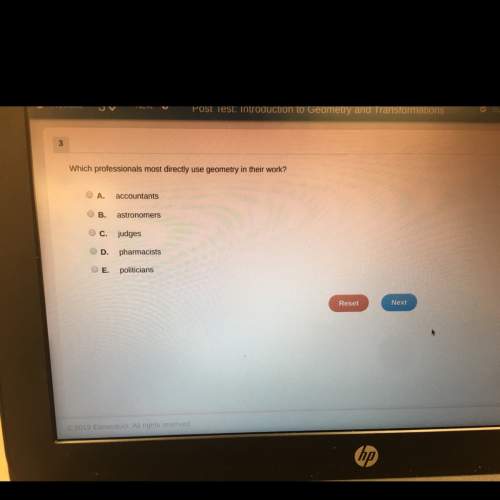
Mathematics, 04.02.2021 06:20 kukisbae
Your friend has a paper route that he completes by riding his bicycle. When riding between his home and the pick-up station to pick up his papers, located in the same neighborhood as his route, his average speed is 12 miles per hour. On Mondays through Saturdays, his average speed is 0.4 miles per hour while making the deliveries, and it takes him 3 hours and 51 minutes from the moment he leaves home to the moment he returns while making the deliveries. On Sundays, because the paper is larger, his average speed is 0.3 miles per hour while making the deliveries, which adds 1 hour and 15 minutes to the time taken to complete the route.
(a) Write a system of linear equations that represents the situation. Let x be the distance (in miles) from your friend's home to the pick-up station and let y be the route length (in miles).
(b) Solve the system via elimination. How far is it from your friend's home to the pick-up station? What is the route length?

Answers: 2


Another question on Mathematics

Mathematics, 21.06.2019 13:30
Apublic library wants to place 4 magazines and 9 books on each display shelf. the expressions 4s +9s represents the total number of items that will be displayed on s shelves. simplify this expression
Answers: 3

Mathematics, 21.06.2019 13:30
An animal shelter has 21 puppies. if the puppies are 28% of the total dogs and cat population how many dogs and cats are in the animal shelter
Answers: 1

Mathematics, 21.06.2019 15:20
Asmall (but heavy) particle placed in a glass of water will follow a zigzag motion because the particle will bounce off of the water molecules it meets. this is called brownian motion. a physicist simulates this on a computer, by varying the distance a particle can travel (called the mean free length), on average, before it collides with a water molecule and assigning the change in motion to be one of 8 directions, each with a similar probability. by running the simulated particle (with the same mean free length) many times she determines that it should take 15 seconds, on average, for the particle to fall to the bottom, with a standard deviation of 1.5 seconds. next she lets a real particle fall through a glass of water and finds that it took 18 seconds. what does she conclude, and why?
Answers: 1

Mathematics, 21.06.2019 17:00
Aquantity with an initial value of 3900 decays exponentially at a rate of 35% every hour. what is the value of the quantity after 0.5 days, to the nearest hundredth?
Answers: 1
You know the right answer?
Your friend has a paper route that he completes by riding his bicycle. When riding between his home...
Questions



Computers and Technology, 31.12.2019 00:31






















